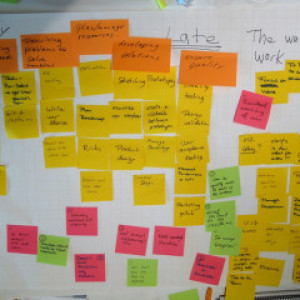Why is UX Research important in Product Development
As a user experience (UX) designer, you are responsible for creating products that are not only functional, but also delightful and intuitive to use. To do this, you need to understand your users and their needs, which is where UX research comes in.
UX research is a critical component of the design process because it helps you gather data and insights about your target audience. This information can inform every decision you make, from the layout of a website to the features of a mobile app. Without it, you risk creating products that fail to meet the needs and expectations of your users, leading to frustration and abandonment.
In this article, we'll explore the various methods and techniques used in UX research, and discuss why it is so important for the success of your products.
What is UX Research?
UX research is the process of studying and understanding user behavior, motivations, and needs. It involves a range of methods and techniques, including user interviews, focus groups, usability testing, and data analysis.
The goal of UX research is to gather actionable insights that can inform the design of a product. It helps designers understand how users interact with a product, what they like and dislike about it, and where they encounter problems or frustration.
UX research is not just about fixing problems. However, It can also be used to identify new opportunities for innovation and to validate design concepts and prototypes. By involving users in the design process, designers can create products that truly meet the needs of their target audience.
Benefits of UX Research
There are many benefits of conducting UX research, both for the designer and for the end user. Some of the key benefits include:
Improved User Experience
The most obvious benefit of UX research is that it helps you create a better user experience. By gathering data about how users interact with a product, you can identify pain points and improve the overall flow and usability of the product.
For example, imagine you are designing a website for a clothing store. Through UX research, you might discover that users have difficulty navigating to the sale section, or that they frequently get lost while browsing the site. By addressing these issues, you can create a website that is easier and more enjoyable to use, leading to increased customer satisfaction and loyalty.
Increased Efficiency
UX research can also help you save time and resources by identifying problems early in the design process. By conducting usability testing, for example, you can quickly identify any issues with a prototype and make necessary changes before investing time and money in development.
In addition, UX research can help you prioritize features and functionality based on user needs. By understanding what users value most, you can focus on creating the most important and impactful features, rather than wasting time on features that may not be used or appreciated.
Increased Conversion Rates
A well-designed product can lead to increased conversion rates, whether that means more sales, sign-ups, or engagement. By understanding what motivates users and removing friction from the user journey, you can increase the chances that users will complete a desired action.
For example, imagine you are designing a checkout flow for an e-commerce website. By conducting UX research, you might discover that users are abandoning their carts due to high shipping costs or a complicated checkout process. By addressing these issues, you can improve the conversion rate and generate more revenue for the business.
Competitive Advantage
UX research can also give you a competitive advantage by helping you create a product that stands out in a crowded market. By understanding user needs and preferences, you can create a product that meets the specific needs of the users.




